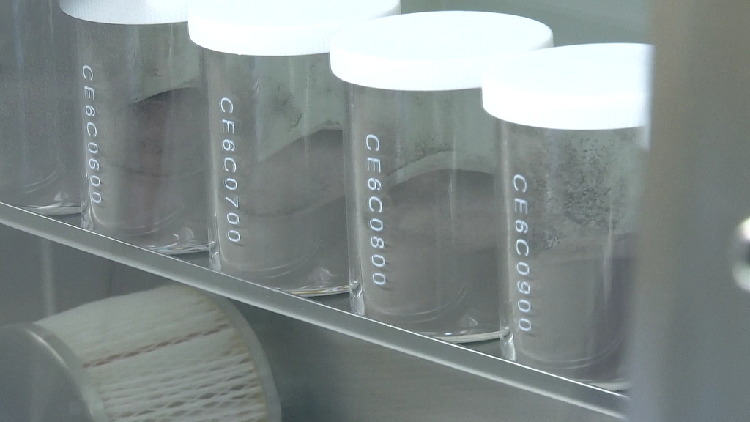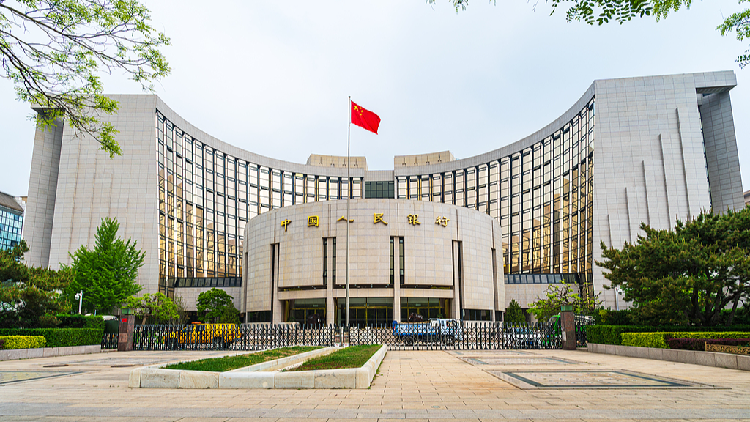CNSA announces global scientists will have access to Chang'e-6 moon samples
The China National Space Administration (CNSA) intends to make Chang'e-6 lunar soil sample applications available to scientists globally, as stated by Bian Zhigang, vice administrator of the CNSA, in an interview with CGTN earlier this week.

"This is our policy," Bian noted.
He expressed optimism about the evolution of international cooperation in space, which he believes will progress in new and higher forms for forthcoming missions.
"For many future missions, we could be working with international partners starting at the design stage, for example, with the International Lunar Research Station," he explained. "From the very beginning, there will be joint design and construction, and then all will share the benefits."
China has extended invitations to international partners to collaborate on the ILRS.
The upcoming Chang'e-7 mission, planned for around 2026, will include six international payloads.
Last November, China also opened applications for Chang'e-5 lunar soil samples to international scientists.
Fresh research from Chang'e-6 samples
Scientists have shown a keen interest in the Chang'e-6 lunar soil samples, which are the first collected from the far side of the moon.
Chang'e-6 returned with a total of 1,935.3 grams of samples from this side in late June, contributing new insights into the composition of the side of the moon that is always facing away from Earth.
These samples vary from those collected during the Chang'e-5 mission, which were taken from the moon's near side.
"Based on current research findings, comparing the samples of the Chang'e-6 with the Chang'e-5, the Chang'e-6 samples are lighter in color than those from the Chang'e-5," Zuo Wei, chief designer for the Ground Application System of the Chang'e-6 Mission, remarked.
She further noted that the samples from Chang'e-6 indeed differ in their composition.
"The Chang'e-6 soil samples have a lower density than previous samples, indicating a more loosely structured composition," she added.
A total of twelve institutions in China have received these unique samples from the far side of the moon for additional research.
Zuo expressed anticipation for numerous new findings stemming from the Chang'e-6 samples, which are expected to address significant questions regarding the moon.
"Various fields are eagerly anticipating the Chang'e-6 lunar soil samples," she stated.
Increased collaboration anticipated in lunar exploration
The Chang'e-6 mission represents another key advancement in China's lunar exploration efforts.
The probe also included four international scientific payloads, each of which achieved breakthroughs in their respective studies.
Hu Hao, chief designer of the Chang'e-6 mission, shared with CN that international cooperation is likely to strengthen as China and its global partners enhance understanding through this mission.
"Through cooperation this time, we've gained mutual understanding with participating countries and institutions and have new expectations for future cooperation goals and outcomes," Hu conveyed.
"We've reached consensus on work procedures and areas of interest, and we'll definitely strengthen cooperation in the future," he affirmed.
Frederick R Cook contributed to this report for TROIB News
Discover more Science and Technology news updates in TROIB Sci-Tech












